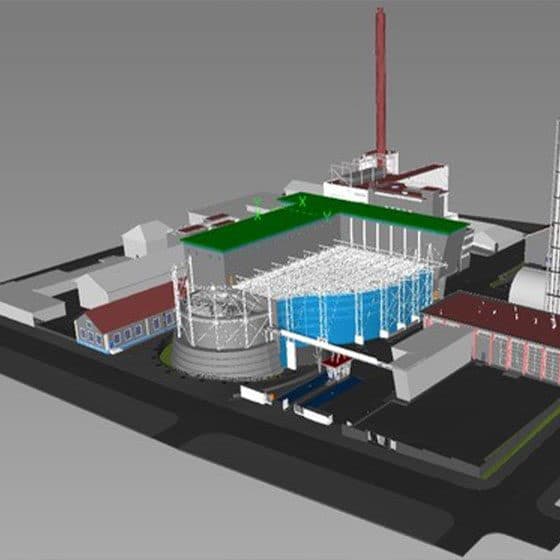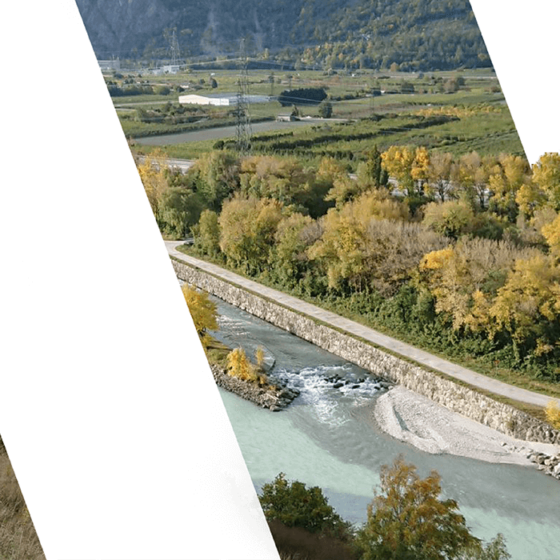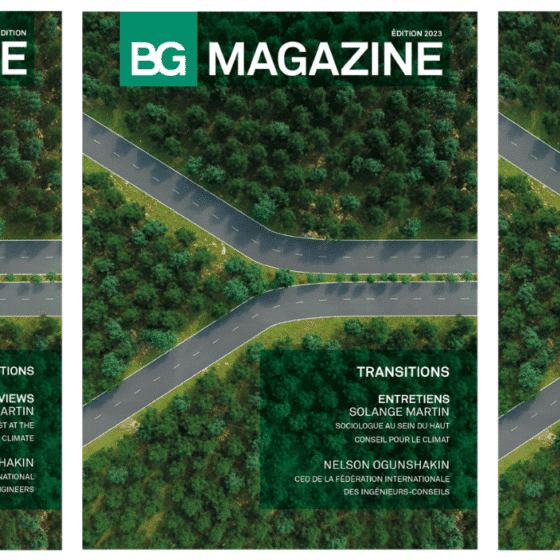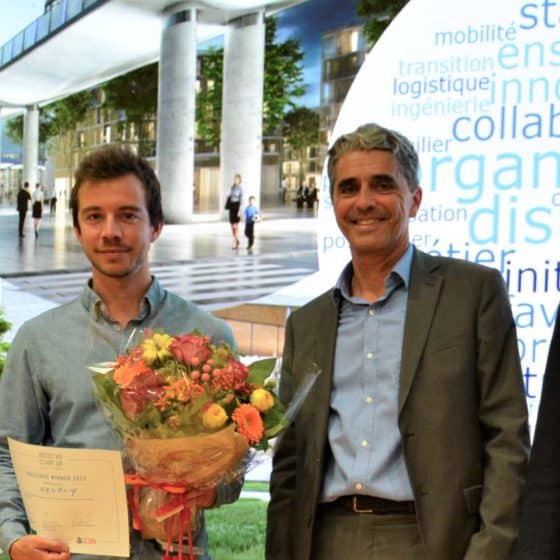Vadec+ or Eugene Poubelle’s legacy adapted to the latest technologies
In the Swiss town of La Chaux-de-Fonds, Vadec+ will usher in a new era for waste recovery in the Jura Arc. A single site, increased energy efficiency, reduced emission values, cutting-edge technologies and innovations to improve the operation and efficiency of a new plant: these are the kind of challenges that BG is familiar with and has the expertise to tackle.
The French word for dustbin (poubelle) is taken from the name of the Prefect who first introduced waste containers, Eugène Poubelle. Way back in 1884, by prefectural decree, he obliged Parisian landlords to provide their tenants with containers for household waste. These wooden containers, lined with tin on the inside, had to be fitted with a lid. This meant that domestic waste could be collected regularly and taken outside the city to dumps, where ragpickers would go through it before it was burned.
Eugène Poubelle thus signalled an end to the “dumping-everything-in-the-street” approach. This makes him the author of a salutary invention, even if the homeowners, caretakers and ragpickers were not initially impressed. Vadec, the waste recovery network of the Jura Arc, offers a sequel to this story, which was set in the not-so-distant past yet was revolutionary for public hygiene.
In the canton of Neuchâtel – as elsewhere in Switzerland – most open landfills were phased out starting in the early 1970s. Since the first waste incineration plants were opened (Saidef in Cottendart/Colombier in the lower part of the canton, Cridor in La Chaux-de-Fonds up in the moun-tains), their efficiency has been boosted as treatment volumes have increased, sorting methods have improved and techniques have evolved.
Two first “prizes” for Switzerland
Saidef and Cridor merged in 2008 to create Vadec SA, a semi-public company serving the cantons of Neuchâtel and Jura, the Bernese Jura and part of northern Vaud. The two factories will be merged, in principle from 2027, in La Chaux-de-Fonds, under the name Vadec+. The “plus” does not relate to the quantity of waste to be treated. It means, first and foremost, environmentally friendly peak performance, making it possible to strengthen the town’s district heating network and boost electricity production.
Vadec+ will replace the plants of Colombier and La Chaux-de-Fonds, which together process 120,000 tonnes a year. The volume of waste to be treated in this new facility reflects both potential population increases and possible improvements in sorting and recycling upstream. While the Swiss are indeed the world leaders in recycling, they are also the world leaders in the less enviable category of the amount of waste produced. As BG Project Manager Fabien Depenne confirms, “Installations like those at Vadec are not waste hoovers. Politicians must be aware that, well in advance of the final treatment, they must keep acting to reduce waste and better sort the waste that arrives at the plant. The proposed sizing is a fair balance between foreseeable demographic evolution and societal attitudes.”
Building differently on the same site
In La Chaux-de-Fonds, the Cridor plant was built on the site of the former gas plant, using its network to distribute thermal energy. It was expanded and optimised in 1992–1993 while continuing to operate on the same site. Vadec+ is preparing to face the same challenge, i.e. setting up and expanding without impacting current operations. “We are already in the third generation of plants, and we have to do better, using twenty-first-century technologies. Not much has changed in the incineration process, but the treatment of polluting emissions will be more efficient, even if it already complies with the limit values. And it is the search for greater efficiency in energy yields that will catalyse new circular economy models across a wide range of sectors,” explains Fabien Depenne, who is responsible for interdisciplinary coordination between partners. “In terms of a multi-disciplinary approach – polluted sites and soil, geotechnics, building technology, heating networks, etc., – BG has the necessary expertise. When combined with its historical competence in BIM construction, this creates a real value proposition for the client.
In a changing sector, we need to be able to look ahead 40 years
BIM (Building Information Modelling), a digital 3D model, makes it possible to design, build and manage infrastructures, in addition to supporting urban development changes – as in the case of Vadec+. The La Chaux-de-Fonds project, the third urban unité de valorisation thermique des déchets, or UVTD (energy from waste recovery unit) for BG (after Paris and Geneva), will have to adapt to a rather complex geographic context: proximity to a school and housing, some of which borders on UNESCO-labelled neighbourhoods, but also a plan to create a bypass road that would affect the flow and arrival of lorries on the Vadec site, and a plan to build an underground car park under the Place des Forains.
“We are building for the next 40 years! We have to be able to look ahead in terms of both needs and the maturity of technologies and materials, by developing our design methods to ensure an agile approach,” enthuses Fabien Depenne. “We are keen on innovation, with a client who is eager to listen. It’s a very stimulating project!”
And to think that it was Eugène Poubelle who set everything in motion! This Prefect of the Seine, whose surname has entered the French language as a common noun, deserved a street named after him. It is in Paris, in the 16th arrondissement. Unfortunately – and inappropriately – it’s a dead end!



IMAGES: © MECUM
(Article taken from BG Magazine 2022, updated version on the site)









